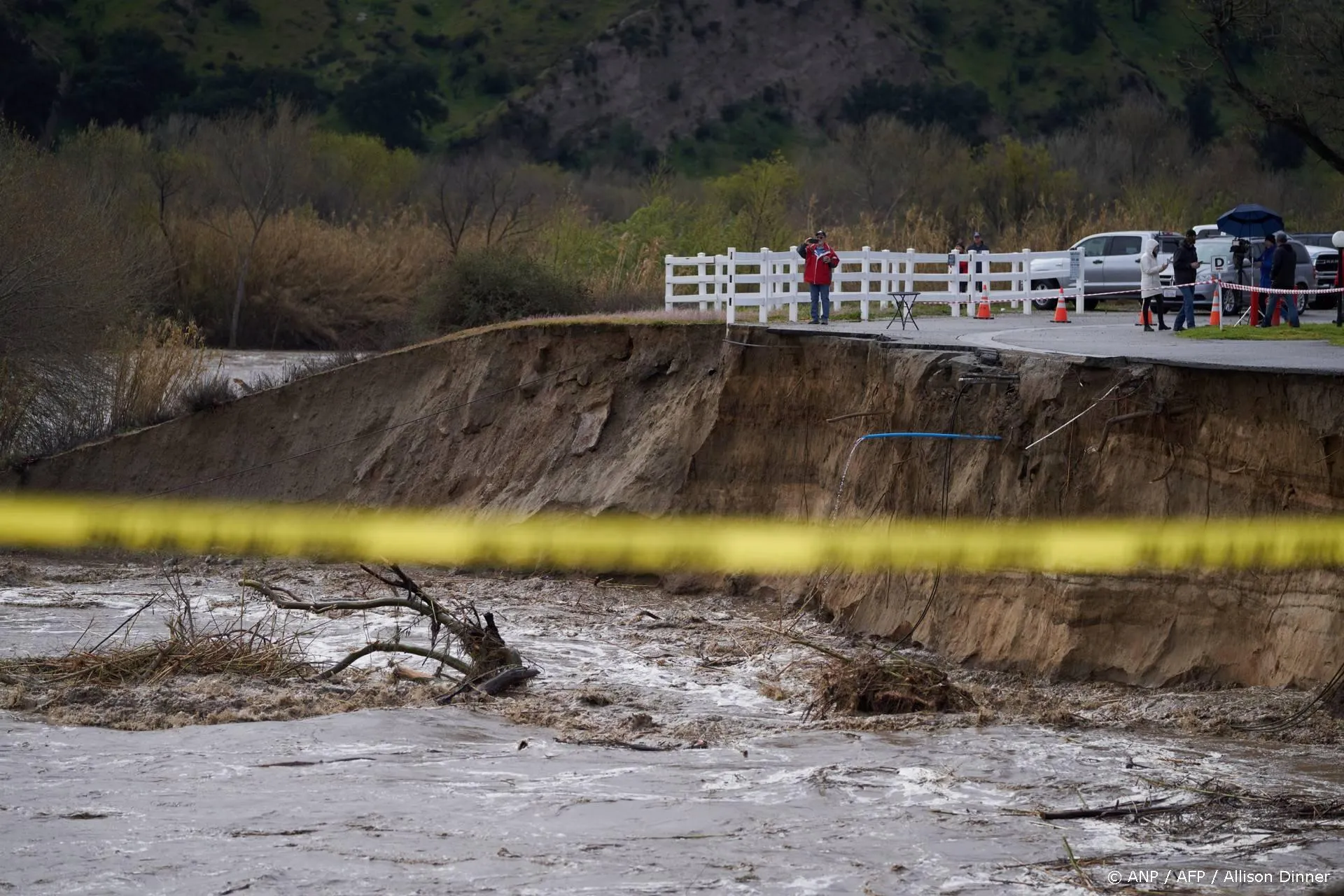Japanse satellietmetingen doodsteek voor CO2-hype?
Volgens conventional wisdom stoten de geïndustrialiseerde landen de meeste en de ontwikkelingslanden de minste CO2 uit. Dit was een van de redenen dat bij de eerste fase van het Kyoto-verdrag (die in 2012 eindigt) de ontwikkelingslanden waren vrijgesteld van verplichtingen tot reductie van hun CO2-uitstoot. Recente Japanse satellietmetingen lijken de conventional wisdom echter op de kop te zetten.
Onder de titel: 'New Satellite Data Contradicts Carbon Dioxide Climate Theory', schreef John O'Sullivan:
Industrialized nations emit far less carbon dioxide than the Third World, according to latest evidence from Japan's Aerospace Exploration Agency (JAXA). Global warming alarmism is turned on its head and the supposed role of carbon dioxide in climate change may be wrong, if the latest evidence from Japan's scientists is to be believed.
Japanese national broadcaster, NHK World, broke the astonishing story on their main Sunday evening news bulletin (October 30, 2011). Television viewers learned that the country's groundbreaking IBUKU satellite, launched in June 2009, appears to have scorched an indelible hole in conventional global warming theory. Standing in front of a telling array of colorful graphs, sober-suited Yasuhiro Sasano, Director of Japan's National Institute for Environmental Studies told viewers, "The [IBUKU satellite] map is to help us discover how much each region needs to reduce CO2 [carbon dioxide] emissions."
Indeed, the map at which JAXA spokesman Sasano was pointing (see photo above) had been expected by most experts to show that western nations are to blame for substantial increases in atmospheric levels of carbon dioxide, causing global warming. But to an officious looking TV interviewer Sasano turned greenhouse gas theory on it's head.
According to UN science the greenhouse gas theory says more CO2 entering the atmosphere will warm the planet, while less CO2 is associated with cooling. Gesturing to an indelible deep green hue streaked across the United States and Europe viewers were told, "in the high latitudes of the Northern hemisphere emissions were less than absorption levels."
Sasano proceeded to explain the color-coding system of the iconic maps showing where regions were either absorbing or emitting the trace atmospheric gas. Regions were alternately colored red (for high CO2 emission), white (low or neutral CO2 emissions) and green (no emissions: CO2 absorbers). Bizarrely, the IBUKU maps prove exactly the opposite of all conventional expectations revealing that the least industrialized regions are the biggest emitters of greenhouse gases on the planet.
Yes, you read that correctly: the U.S. and western European nations are areas where CO2 levels are lowest. This new evidence defies the consensus view promoted by mainstream newspapers, such as the New York Times.
The Intergovernmental Panel on Climate Change (IPCC) had long claimed that, "there is a consensus among scientists that manmade emissions of greenhouse gases, notably carbon dioxide (CO2), are harming global climate." The Japanese satellite map shows regions colored the deepest leaf green (net absorbers of CO2) being predominantly those developed nations of Europe and North America; thus indicating built up environments absorbed more CO2 than they emitted into the atmosphere. By contrast the bulk of the regions colored red (so-called 'carbon polluters') were in undeveloped, densely-forested equatorial regions of Africa and South America.
JAXA boasts that, "we can reduce the error of the estimated values when we introduce IBUKI's observation data compared to that of the values calculated in a conventional way based on ground observation data."
To all policymakers who study the Japanese maps it is apparent that the areas of greatest CO2 emissions are those regions with least human development and most natural vegetation: Equatorial Third World nations. The Japanese evidence also disproves the often-cited hypothesis that Siberia and other areas of northern Russia were natural vents for large scale CO2 outgassing, exacerbating global warming fears.
In effect, this compelling new data appears to show that the asphalt and concreted industrial nations are 'mopping up' carbon dioxide faster than their manufacturers and consumers can emit it. If this is confirmed, it means a cornerstone of man-made global warming may be in serious doubt.
Lees verder hier.
Het zal toch geen Japanse variant op onze 1 april grap zijn? Immers de hier getoonde kaart laat een geheel ander beeld zien.
Kortom, op zijn minst rijzen bij dit bericht onbeantwoorde vragen. We moeten nu eenmaal sceptisch blijven, toch?
Ga verder met lezen
Dit vind je misschien ook leuk
Laat mensen jouw mening weten
Lees ook
Loading


